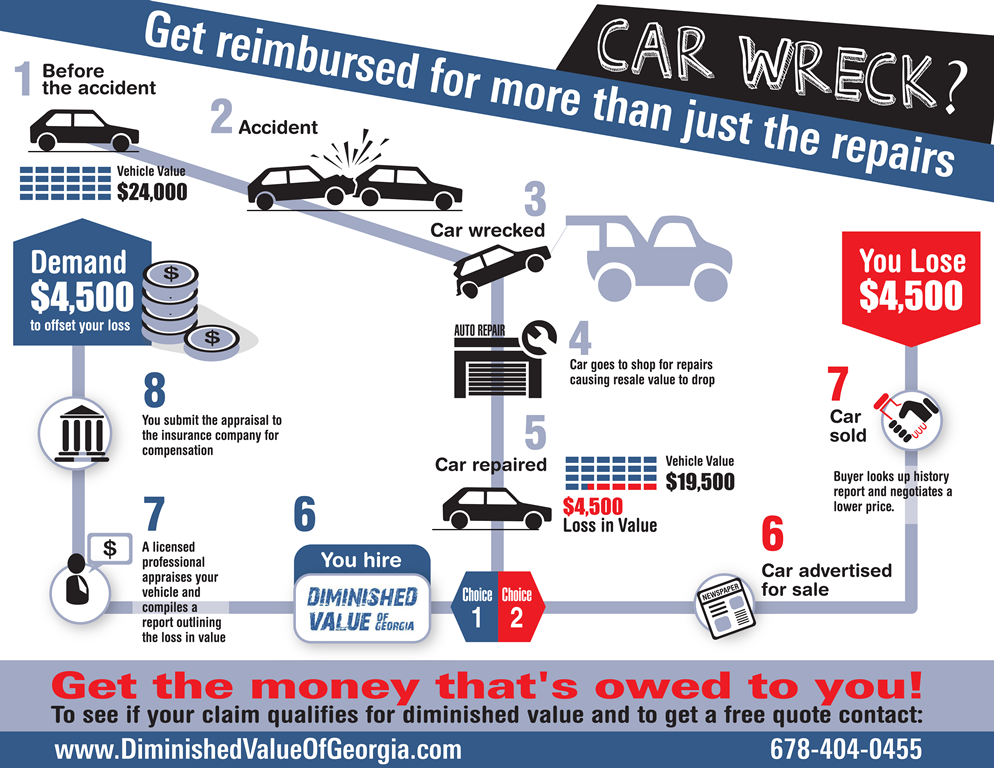An Essential Guide To Comprehending The Caution Lighting On Your Vehicle
An Essential Guide To Comprehending The Caution Lighting On Your Vehicle
Blog Article
Web Content Written By-Almeida Emery
When you're behind the wheel, those little warning lights on your automobile's control panel can be fairly difficult. What do they suggest, and should you be worried? Recognizing these signals is critical for your automobile's well-being, but it does not have to be a difficult task. By translating the secret behind each light, you'll be equipped to handle prospective concerns properly and keep your auto running efficiently. So, next time a warning light flashes, don't panic - arm yourself with understanding and take control of the circumstance.
Relevance of Auto Caution Lights
Understanding the importance of your car's caution lights is essential for keeping your automobile's health and wellness. These lights work as your vehicle's interaction system, signaling you to possible problems that can jeopardize your safety and security on the road or bring about costly repairs if ignored. By taking note of these warnings, you can deal with problems early and protect against further damage to your car.
Overlooking advising lights can result in significant consequences, such as engine failing, brake breakdowns, or even accidents. These lights are created to alert you of concerns ranging from low tire pressure to engine breakdowns, providing you the opportunity to take action prior to the scenario worsens. Frequently inspecting and understanding these warnings can save you time, money, and guarantee your safety and security while driving.
Along with keeping you risk-free, responding quickly to warning lights can also aid lengthen the lifespan of your automobile. By addressing problems beforehand, you can stop little issues from escalating right into major repair services, inevitably saving you time and money in the long run. Remember, your automobile's warning lights are there for a reason - do not overlook them!
Common Warning Lighting and Meanings
When it comes to driving your automobile, recognizing usual warning lights and their significances is important for your safety and automobile maintenance. Below are a couple of common warning lights you may come across:
1. ** Examine Engine Light **: This light suggests an issue with your engine. Maybe something minor like a loose gas cap or something extra severe like engine misfiring.
2. ** Battery Light **: This light signals a problem with your auto's charging system. It might indicate a malfunctioning battery, alternator, or various other associated parts.
3. ** Oil Stress Light **: When this light begins, it suggests your engine may be running low on oil or experiencing low oil stress, which can result in engine damages if not dealt with without delay.
4. ** Brake System Light **: This light indicates a problem with your stopping system. It might indicate low brake liquid degrees or a problem with the brake system that calls for prompt focus.
Comprehending these usual warning lights will certainly help you determine potential problems at an early stage and prevent more considerable troubles later on.
Exactly how to React To Caution Lights
On the occasion that a warning light brightens on your automobile's dashboard, it's critical to react without delay and properly. When a caution light comes on, the first step is to consult your owner's handbook to recognize the certain problem indicated by the light.
Some lights need immediate attention, while others may show a less immediate issue. If the warning light is red or flashing, it's generally an indication of a serious trouble that needs instant action. In such cases, it's a good idea to pull over securely, switch off the engine, and seek expert assistance.
For yellow or orange warning lights, while they might not need prompt interest, it's still vital to deal with the hidden problem quickly to avoid further damage. Routine upkeep and inspection can help protect against cautioning lights from beginning suddenly.
Final thought
In conclusion, understanding your cars and truck's caution lights is crucial for maintaining your automobile's health and safety. By routinely examining and reacting to visit the next document , you can address potential concerns early and prevent expensive fixings or safety risks. Remember to consult your owner's handbook for details on various caution lights and constantly take instant activity for red or flashing lights. Stay learn more and maintain your car running smoothly!
